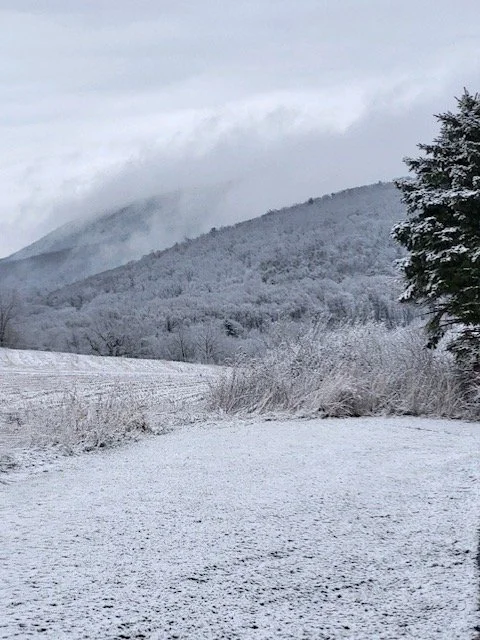Nature Therapy: Forest Bathing
Being in nature has tons of health benefits and my interest was recently piqued about Forest Bathing. Shinrin Yoku (Forest Bathing) is a traditional Japanese practice that was re-introduced in Japan in the 1980s as a way to help improve health and increase relaxation as people had ever more industrialized, high-stress jobs and less time in nature. Since then, researchers have been looking into the effects of Forest Bathing and studies have shown it reduces heart rate and blood pressure and leads to an increase feeling of overall well-being among other positive health effects.
As someone who enjoys being in nature and goes on lots of nature walks with my family, I wanted to better understand what the difference between hiking and forest bathing. What I found by reviewing some scientific literature, websites and vlogs is that Forest Bathing is more about being mindful and present in nature, specifically forests, than it is about exercise. In fact, forest bathing encourages participants to move slowly and not even move at all which means many people, even those with mobility issues, can enjoy this practice.
You can join a group with a trained practitioner of Forest Bathing or give it a try yourself. One resource I used to get started was The Forest Bathing Institutes Website: Home | The Forest Bathing Institute (tfb.institute). Here is my take on the basic tenets of Forest Bathing:
a. Being in nature. Forests are best but any natural space will work. Forests likely have the most oxygen and other chemicals that when inhaled are good for our overall well-being.
b. Engaging all senses while in nature. Listen to the leaves sway in the wind, smell the mossy humidity after a rainstorm, feel the trees around you.
c. Slowing down. Intentionally walk slowly, or stop, rest, observe.
d. Not having an agenda. Forest bathing is not about getting from point A to point B. It’s about being present exactly where you are.
e. Connecting with trees or other green plants that provide oxygen remind us of how connected we are with nature. We gather oxygen that the plants “exhale” and they take in our carbon dioxide. It’s powerful to imagine the invisible continuous exchange of the basic building blocks of our body with the natural universe.
***
Although it is Chilly these days in my neighborhood, I decided to try it. The winter’s day at the farm looked like this:
Unfortunately, I was not in that beautiful space but at our home in the Philadelphia suburbs. Luckily, any forest-like atmosphere will do, so I embarked on my first “forest bath” in our local public green space. The first thing I had to intentionally do was slow down my pace of walking. As the idea of forest bathing is to be completely engulfed in the moment in nature, I started listening to the sounds of the forest, watching the birds fly by, seeing how the winding tree roots look in winter. At first, it was difficult to let go of the worries and agenda for the day. But after I was able to start to see, touch, smell and hear everything around me I soon forgot to remember the agenda for the day or even the time. I wandered around and took time to stop. I was surprised by how the ivy and evergreens made the forest still a green place and how the branches in the leafless trees allowed me to see things hidden in summer – the winding branches, the birds nests. And, as I walked closer to the river I had a great surprise: a bald eagle was sitting in the leafless trees. I wanted to snap a photo but had committed to not using technology during my forest bath so I just watched it, enjoyed the feeling of awe and excitement, and made it a memory. I wandered about for more than an hour surprised I didn’t even feel cold and instead felt really relaxed and in tune with the natural beauty around me.
Many of my patients are looking for ways to destress. Forest Bathing is a very beautiful practice that encourages us to slow down, unwind, and enjoy the natural beauty around us. I think this practice would be especially useful for those who find in hard to unwind and center themselves in their home environments. In the forest, being there requires a fair bit of mindfulness. When the time is right, consider heading to your local park or a national forest and enjoy this wonderful practice.
To your health and well-being,
Dr. Jen
References:
Hansen MM, Jones R, Tocchini K. Shinrin-Yoku (Forest Bathing) and Nature Therapy: A State-of-the-Art Review. Int J Environ Res Public Health. 2017 Jul 28;14(8):851. doi: 10.3390/ijerph14080851. PMID: 28788101; PMCID: PMC5580555.
Several pages from The Forest Bathing Institute Website: What we do | The Forest Bathing Institute (tfb.institute)


